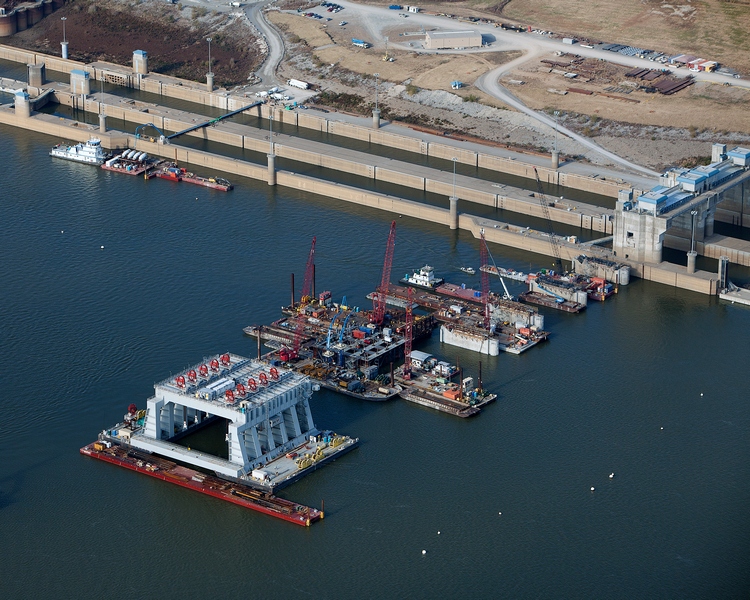
In a move that brings a major, long-pending infrastructure bill close to the finish line, House and Senate conferees have agreed on a compromise measure that would authorize funds for new Army Corps of Engineers water projects and also is expected to map out changes in Corps project reviews.
The lawmakers so far have released few details about the new bill, titled the Water Resources Reform and Development Act (WRRDA), including how much its total funding is.
But industry sources said that besides project authorizations, the final version includes a new federal loan program to help finance water projects and a provision to support, and perhaps reauthorize, the state revolving loan (SRF) program for wastewater-treatment projects.
The final measure reconciles a variety of differences between water-resources bills that the Senate and House passed last year, both by wide margins.
Senate Environment and Public Works Committee Chairman Barbara Boxer (D-Calif), House Public Works and Transportation Committee Chairman Bill Shuster (R-Pa.) and other key conferees announced the deal late on May 8. House and Senate conferees were signing the conference report the following day.
After the signatures are in place and the report is filed, it would go before the House and Senate for floor votes. Those votes could take place as early as the week of May 19. The House is away the week of May 12.
If the two chambers clear the measure and it is signed by President Obama, it would be the first water resources bill to become law since November 2007.
Industry officials hailed the news. Steve Hall, American Council of Engineering Companies vice president for government affairs, said in an interview, “Reaching agreement on a WRRDA conference report is a great accomplishment…and hopefully sets the stage for more action on the infrastructure front in the coming weeks.”
Brian Turmail, an Associated General Contractors of America spokesman, said via email, “Given the broad, bipartisan support the measure received in both chambers, we expect a final bill should become law in the near future.”
He added, “Getting this measure enacted will go a long way in helping improve our aging and deteriorating waterways and water systems.”
The House-Senate conference committee formally opened in November and in succeeding weeks there were reports of a lack of progress. Shuster said on April 29 that a deal was near—at “the one-inch line.”
John Doyle, special counsel with law and lobbying firm JonesWalker LLP, says an agreement on a new WRRDA is overdue but he adds, “It represents an accomplishment that this Congress is going to list on its short list.”
It was unclear as of late May 9 which projects WRRDA authorizes. But Sen. Mary Landrieu (D-La.) issued a statement May 8 saying that the bill does authorize funds for the Morganza-to-the-Gulf flood control project in her state. The Corps has estimated that project’s total cost at $10.3 billion, including a $6.7-billion federal share.
But Morganza and whichever other projects are authorized also will require annual appropriations for construction to begin. That annual funding has been running far short of what many in industry say is needed.
Industry sources say the bill also includes a Senate provision launching a new federal loan program for Corps and Environmental Protection Agency water projects. The new Water Infrastructure Finance and Innovation Act program, or WIFIA, is viewed as one of Boxer’s priorities and is modeled after the popular 16-year-old TIFIA transportation loan program.
In addition, AGC's Turmail says the measure will reauthorize the Clean Water SRF program. That would be the first such reauthorization since 1987.
Another industry source says that, as he understands it, the bill has language that supports the SRFs but it is “unclear whether it rises to reauthorization.”


Post a comment to this article
Report Abusive Comment